19 pages • 38 minutes read
William WordsworthThe World Is Too Much with Us
Fiction | Poem | Adult | Published in 1807A modern alternative to SparkNotes and CliffsNotes, SuperSummary offers high-quality Study Guides with detailed chapter summaries and analysis of major themes, characters, and more.
Themes
The Corrupt Present Versus the Idealized Past
Throughout his poetic career, Wordsworth drew a clear distinction between the present, which he typically perceived as corrupt and meaningless, and the past, which he idealized as a purer and more spiritual time. For much of his poetry, that idealized past was his own childhood. In “Lines Composed a Few Miles Above Tintern Abbey,” Wordsworth notes that he often indulges in the memories of his youth, feeling “in hours of weariness, sensations sweet” (Line 28) when doing so. It was the memory of the River Wye which he often returned to “in spirit” (Line 57) when the “fever of the world” (Line 55) “hung upon the beatings of [his] heart” (Line 56) too heavily. Ruminating on his past in nature is what Wordsworth uses to get through the miseries of the present world.
The halcyon days of Wordsworth’s childhood and his dependence on those memories inspired in him a belief that society and civilization were consistently becoming worse and that the past was a purer time. In “The World Is Too Much With Us,” Wordsworth is disillusioned with the state of the world. He dislikes the culture of consumerism, the materialistic attitude of his countrymen, and the severance he feels from the natural world.
Related Titles
By William Wordsworth

A Complaint
William Wordsworth

A Slumber Did My Spirit Seal
William Wordsworth

Composed upon Westminster Bridge, September 3, 1802
William Wordsworth

Daffodils
William Wordsworth

I Wandered Lonely as a Cloud
William Wordsworth
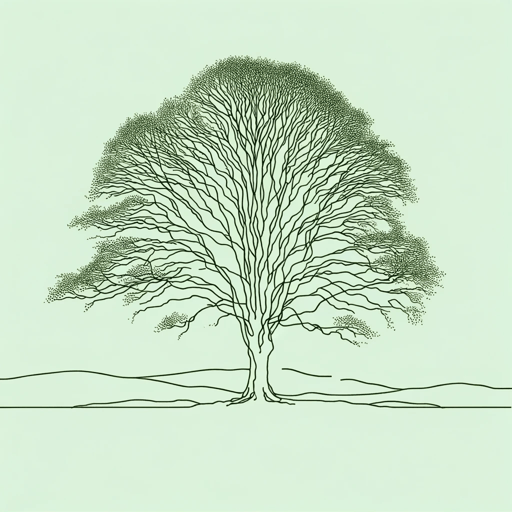
Lines Composed a Few Miles above Tintern Abbey ...
William Wordsworth

London, 1802
William Wordsworth

Lyrical Ballads
William Wordsworth

My Heart Leaps Up
William Wordsworth

Ode: Intimations of Immortality from Recollections of Early Childhood
William Wordsworth
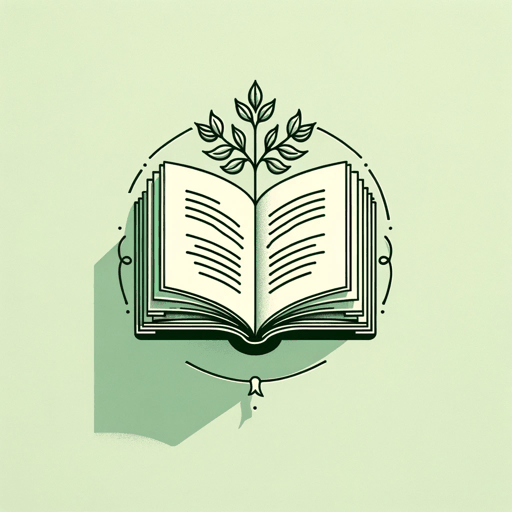
Preface to Lyrical Ballads
William Wordsworth
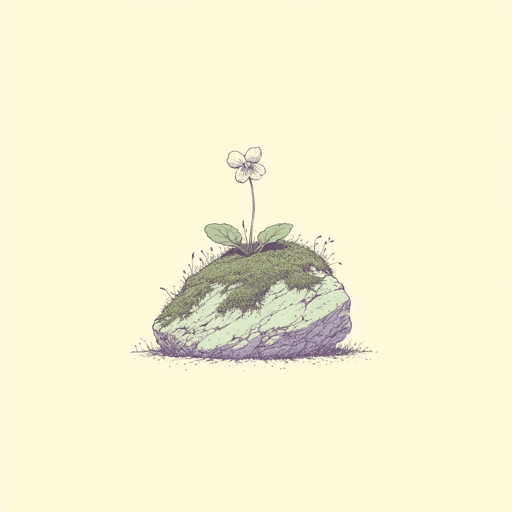
She Dwelt Among The Untrodden Ways
William Wordsworth

She Was a Phantom of Delight
William Wordsworth

The Prelude
William Wordsworth
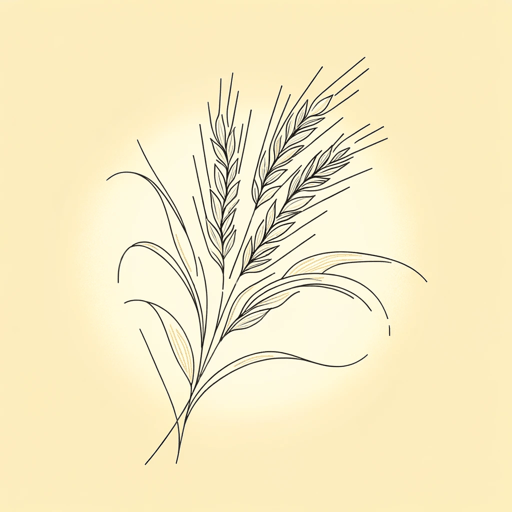
The Solitary Reaper
William Wordsworth
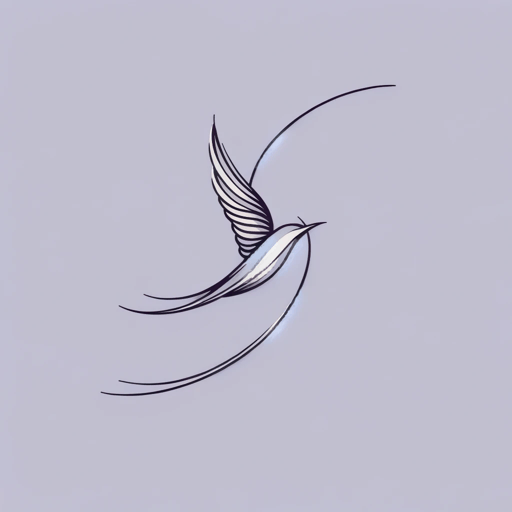
To the Skylark
William Wordsworth

We Are Seven
William Wordsworth

